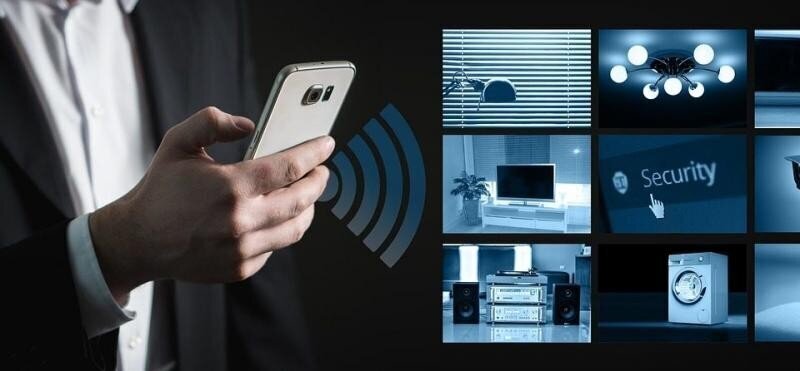Smart Personal Security leverages advanced technologies like artificial intelligence (AI) and the Internet of Things (IoT) to enhance individual safety. These innovations provide users with real-time monitoring and alerts, significantly improving personal security measures.
Key Devices in Smart Personal Security
-
Smart Cameras: Equipped with motion sensors and facial recognition, smart cameras enable homeowners to monitor their surroundings remotely. They send alerts to users’ smartphones when suspicious activity is detected, allowing for immediate action[2].
-
Personal Alarms: Wearable devices such as smart jewelry or panic buttons are designed to assist users discreetly during emergencies. These devices can instantly notify emergency contacts or authorities when activated, ensuring a quick response in critical situations[2][1].
-
GPS Trackers: Devices with GPS capabilities allow users to track the location of loved ones, making them ideal for monitoring children or elderly family members. This feature is crucial in emergencies, enabling swift assistance[2].
-
Smart Home Integration: Many smart security devices can be integrated into existing home automation systems. This connectivity allows for comprehensive monitoring of home environments, enhancing overall security through coordinated alerts and responses[3].
-
Emergency Response Features: Some smart devices are designed to integrate with emergency response systems. They can relay vital information to first responders, expediting assistance and potentially saving lives during emergencies[2].
Benefits of Smart Personal Security Devices
-
Real-time Monitoring: Users can keep an eye on their homes and loved ones from anywhere, providing peace of mind.
-
Quick Response: Immediate alerts enable users to act swiftly in emergencies, reducing potential harm.
-
Customizability: Devices can be tailored to meet individual security needs, offering a personalized experience.
-
User-Friendly Design: Most devices prioritize ease of use, making them accessible even for those with limited technological skills.
-
Remote Control: Users can monitor and control devices via smartphones, adding convenience and flexibility to personal security measures[2][1].
Challenges and Considerations
While smart personal security devices offer numerous advantages, there are challenges to consider:
-
Privacy Concerns: The use of surveillance technologies raises questions about privacy and data security, necessitating transparent policies regarding data usage[2].
-
Reliability: These devices depend on stable internet connectivity and power sources, which can affect their functionality during outages.
-
Initial Costs: The upfront investment in smart security devices may be higher than traditional solutions, though long-term benefits often justify the expense[2].
Smart Personal Security devices represent a significant advancement in how individuals approach safety, combining technology and connectivity to create a more secure environment for themselves and their families. As technology continues to evolve, these devices are likely to become even more integral to personal safety strategies.
Further Reading
1. 6 Types of Personal Safety Devices Changing the Future of Protection – Ambiq
2. Revolutionizing Personal Safety: The Rise of Smart Security Devices
3. Private Security Transformed: AI, IoT, and Smart Tech SolutionsSecurelion Security
4. IoT Device Security and Privacy | NJCCIC
5. ScienceDirect


